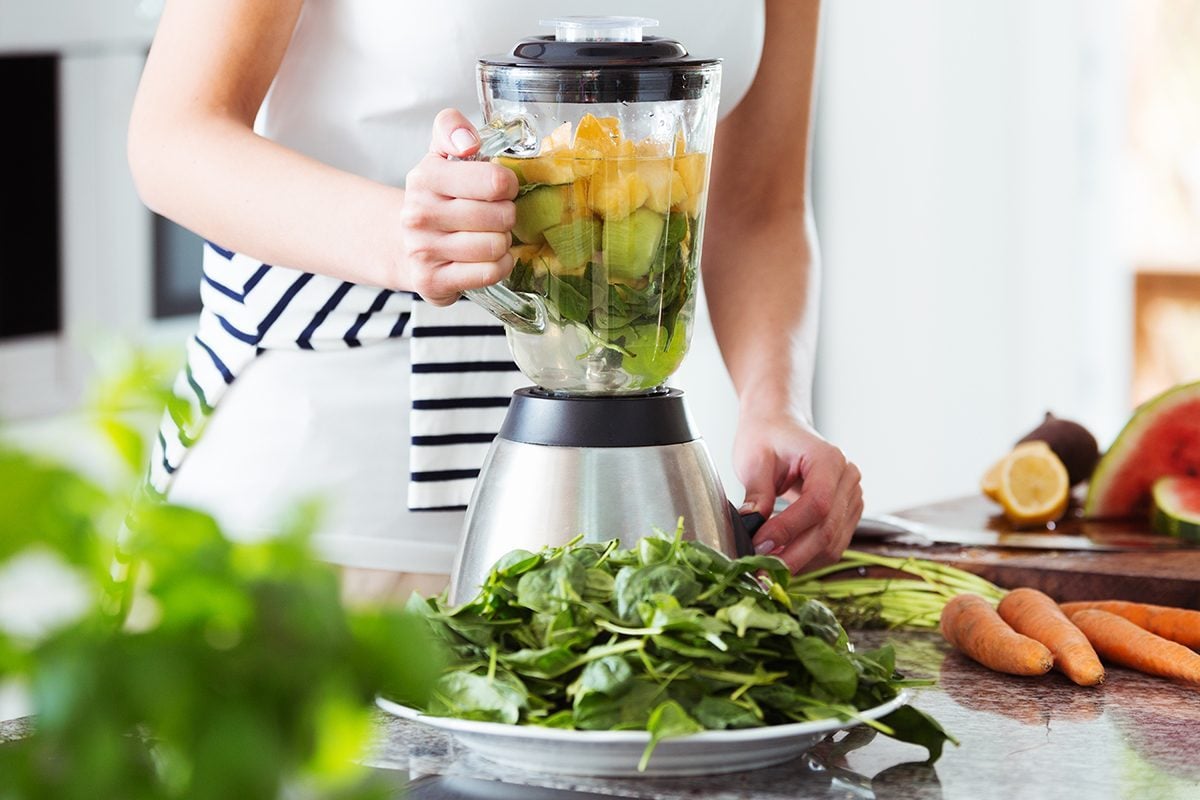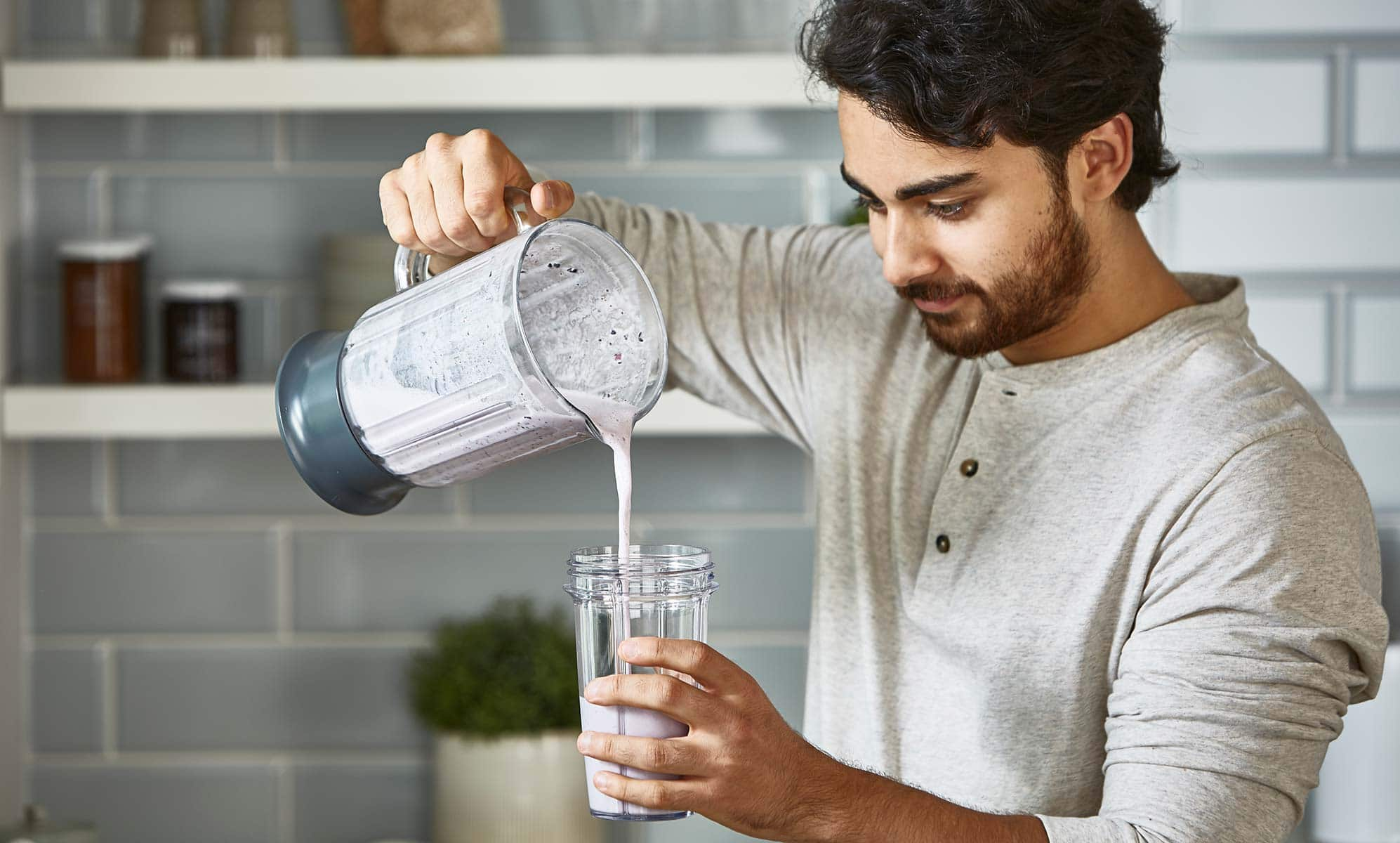For food enthusiasts, finding the right blender can make all the difference in your kitchen. Whether you’re preparing smoothies, soups, or sauces, understanding what to look for in a blender is crucial. In this article, we will explore the essential features and considerations that will guide you in choosing the perfect blender for your culinary adventures.

Understanding Your Blending Needs
Before diving into specific features, it is important to understand your blending needs. Are you primarily making smoothies, or do you want to create soups and nut butters? Knowing the primary use of your blender will help you determine the necessary features.
Power and Motor Strength
The power of a blender is measured in watts, and a higher wattage usually means more capability to blend tough ingredients. A blender with a powerful motor can handle frozen fruits, nuts, and ice with ease. For those who love making thick smoothies or creamy soups, a motor strength of at least 500 watts is recommended.
Exploring Motor Efficiency
Efficiency is not just about power. It’s also about how well the motor can sustain that power without overheating. To learn more about how friction heat can affect performance, visit this detailed guide.
Blade Design and Material
The blades are an essential component of any blender. Look for stainless steel blades, as they are durable and resistant to corrosion. The design of the blades will also affect how well they blend; multi-tiered blades are often more efficient at pulverizing ingredients.
Jar Material and Capacity
Blender jars come in various materials, including glass, plastic, and stainless steel. Glass jars are sturdy and do not retain odors, but they can be heavy. Plastic jars are lightweight but may scratch over time. Consider the capacity as well, especially if you plan to make large batches.
Understanding Jar Dynamics
Understanding how the jar design influences blending is crucial. Learn about the role of cavitation in achieving a smooth blend.
Speed Settings and Controls
Having multiple speed settings allows you to have better control over the texture of your blends. Some blenders also come with pre-programmed settings for specific tasks like crushing ice or making smoothies. An intuitive control panel can make the blending process more enjoyable.
Ease of Cleaning
A blender that is easy to clean will save you time and effort. Look for blenders with dishwasher-safe parts or self-cleaning features. Blenders with removable blades are also easier to clean thoroughly.
Exploring Self-Cleaning Features
Some modern blenders come with self-cleaning features. Discover more about this convenient feature on this external link.
Durability and Warranty
A good blender should be an investment that lasts for years. Consider the build quality and materials used. Blenders with longer warranties often indicate a manufacturer’s confidence in their product’s durability.
Investigating Blender Longevity
To explore some of the most durable blenders available, check out this comprehensive guide.
Versatility and Additional Features
Some blenders come with additional attachments and features, such as food processor bowls or personal blending cups. These can add versatility to your kitchen and expand the range of recipes you can create.
Noise Level
Blenders can be noisy, but some models are designed to operate quietly. Consider the noise level, especially if you have a household that is sensitive to sound.
Budget Considerations
Blenders come in a variety of price ranges. It’s important to find a balance between features and budget. Sometimes, investing a little more can result in better performance and longevity.
Brand Reputation
Choose a blender from a reputable brand that offers reliable customer service and support. Research customer reviews and ratings to get an idea of the brand’s reputation.
Exploring Trusted Brands
Learn about some of the most trusted blender brands by visiting this external resource.

FAQs
What is the best blender for making smoothies?
Look for a blender with a powerful motor, sharp blades, and multiple speed settings. A high-performance blender is often ideal for smoothies.
Can a blender replace a food processor?
While some blenders come with food processing attachments, they are generally not a complete replacement. For tasks like kneading dough or slicing, a dedicated food processor is recommended.
Is it worth investing in a high-end blender?
If you frequently use a blender and need it for a variety of tasks, investing in a high-end blender can be beneficial in terms of performance and longevity.
This article contains affiliate links. We may earn a commission at no extra cost to you.

